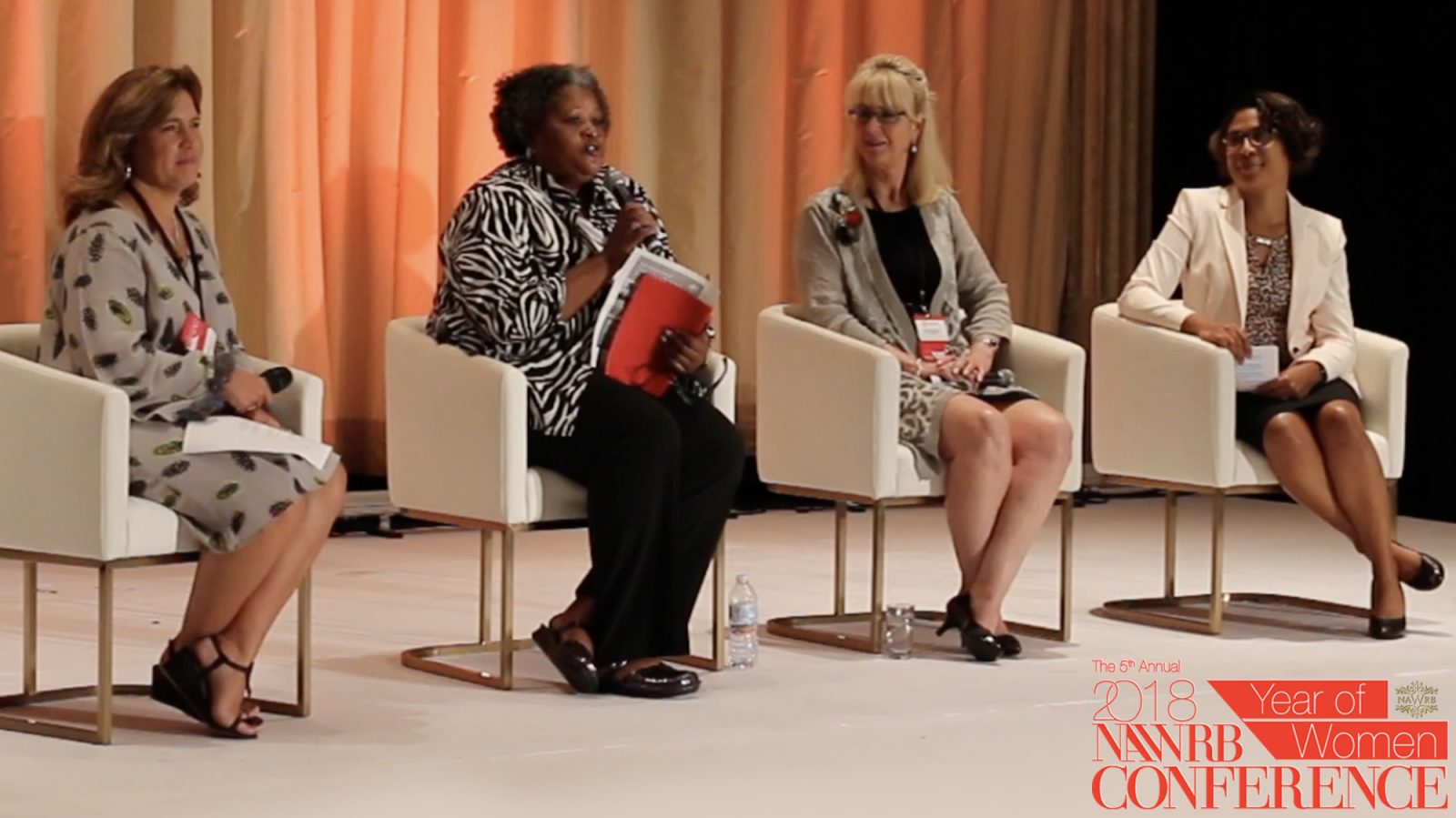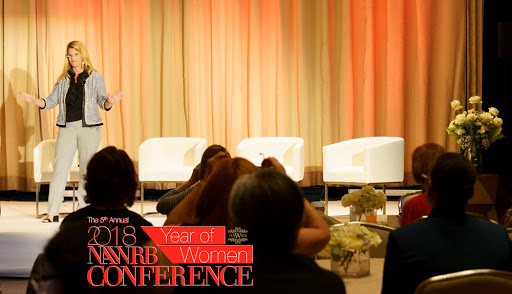
NAWRB is proud to award Sharron P.A. Levine with the 2020 Government Official Leader Award! Levine is the Director of FHFA’s Office of Minority and Women Inclusion. She leads the Agency’s oversight of the diversity and inclusion (D&I) programs of FHFA’s regulated entities, which include Fannie Mae, Freddie Mac, Common Securitization Platform (CSS), the 11 Federal Home Loan Banks, and the Office of Finance. Sharron has more than 35 years of legal experience in the financial services industry representing corporate, institutional, governmental, and private entities in many aspects of real estate law, including construction and permanent loan financing; housing finance; leveraged buyouts; and more. Levine has delivered numerous keynote and other speeches across the industry and has been nominated several times for awards in Diversity and Inclusion for the work that FHFA has accomplished in this critical area.
Each year, the NAWRB Leadership Awards honor women leaders in the housing ecosystem who are utilizing their expertise and passion to break glass ceilings in the corporate world and facilitate the growth of their local communities. Congratulations, Sharron P.A. Levine!

 Login
Login


























